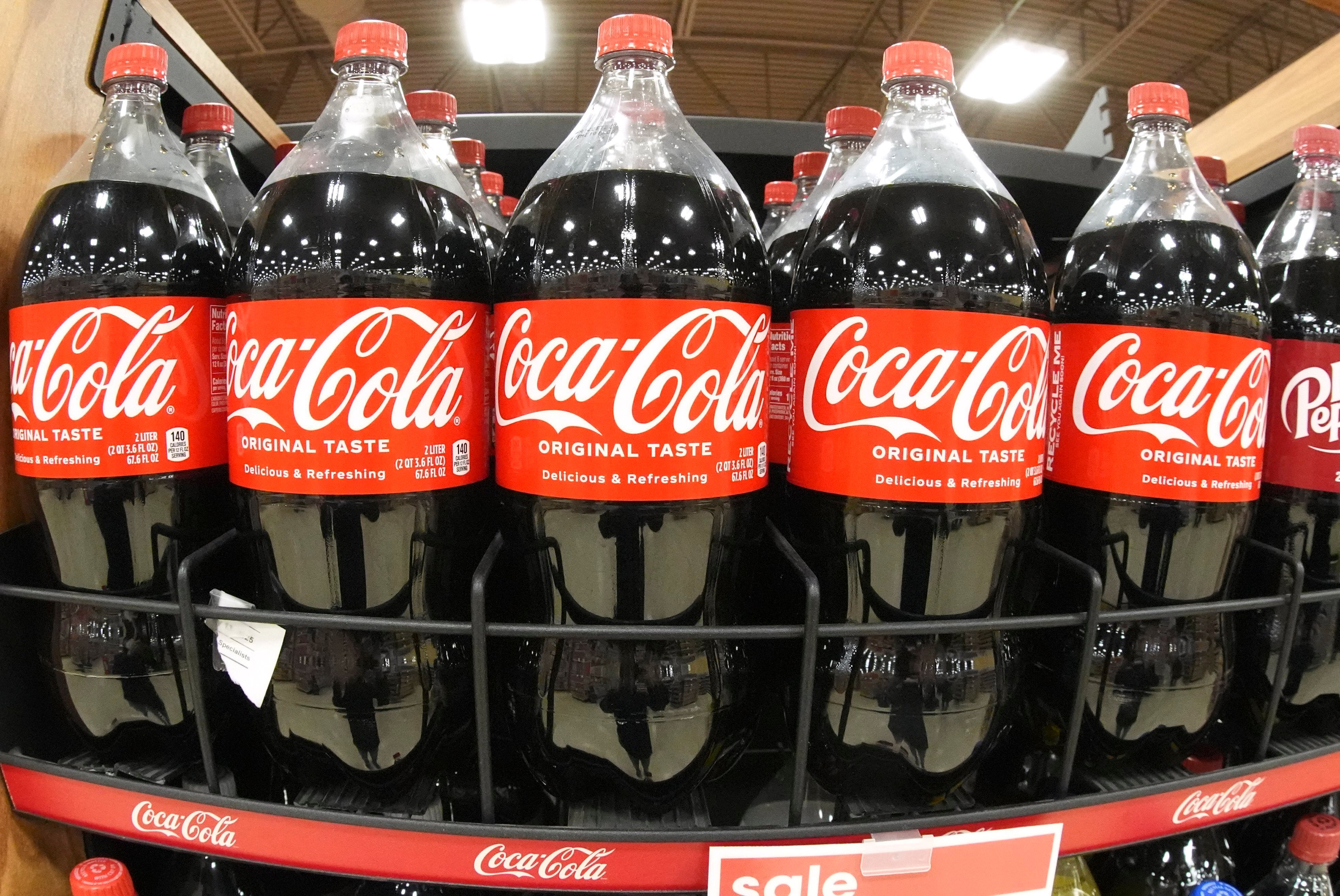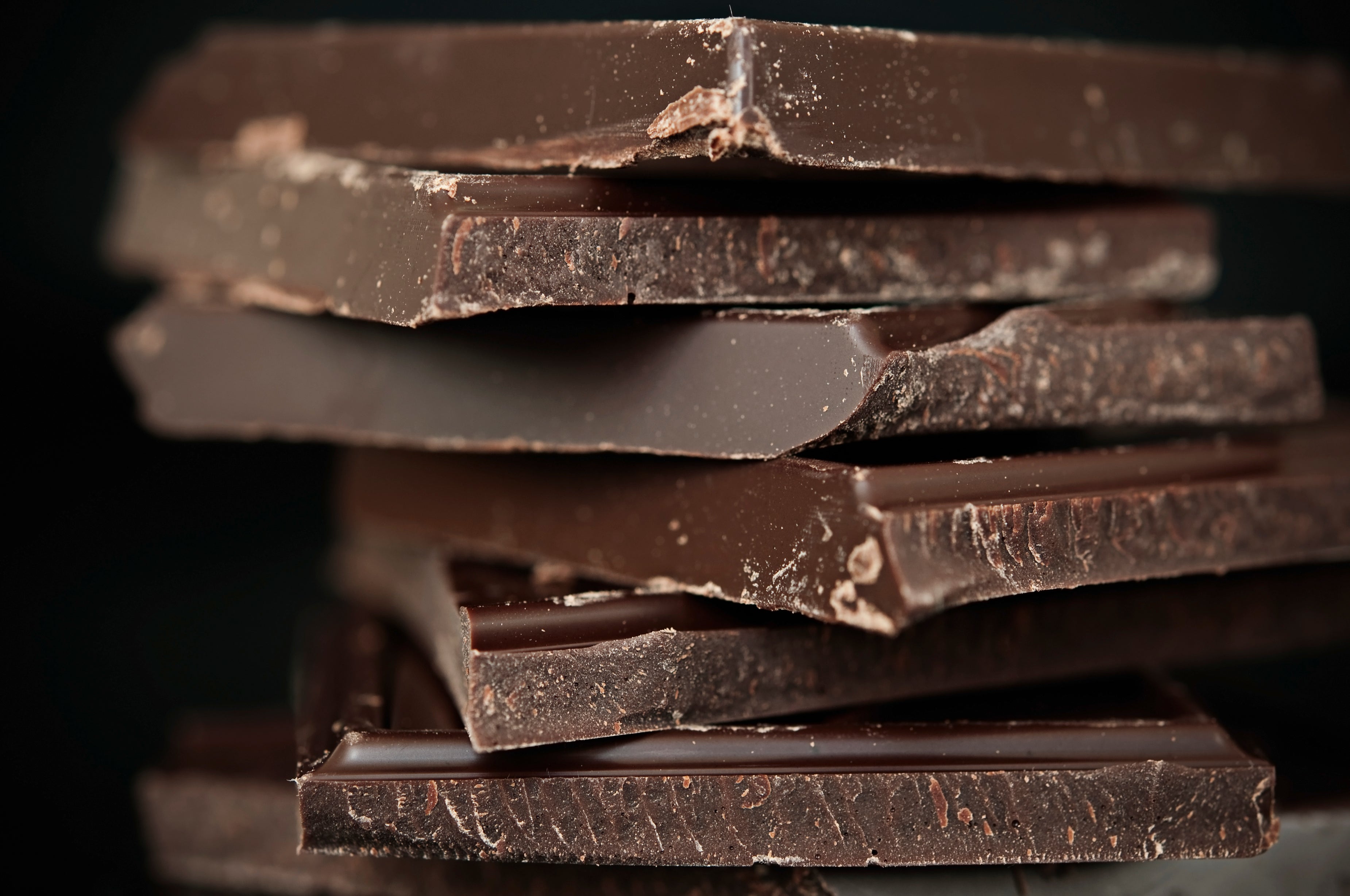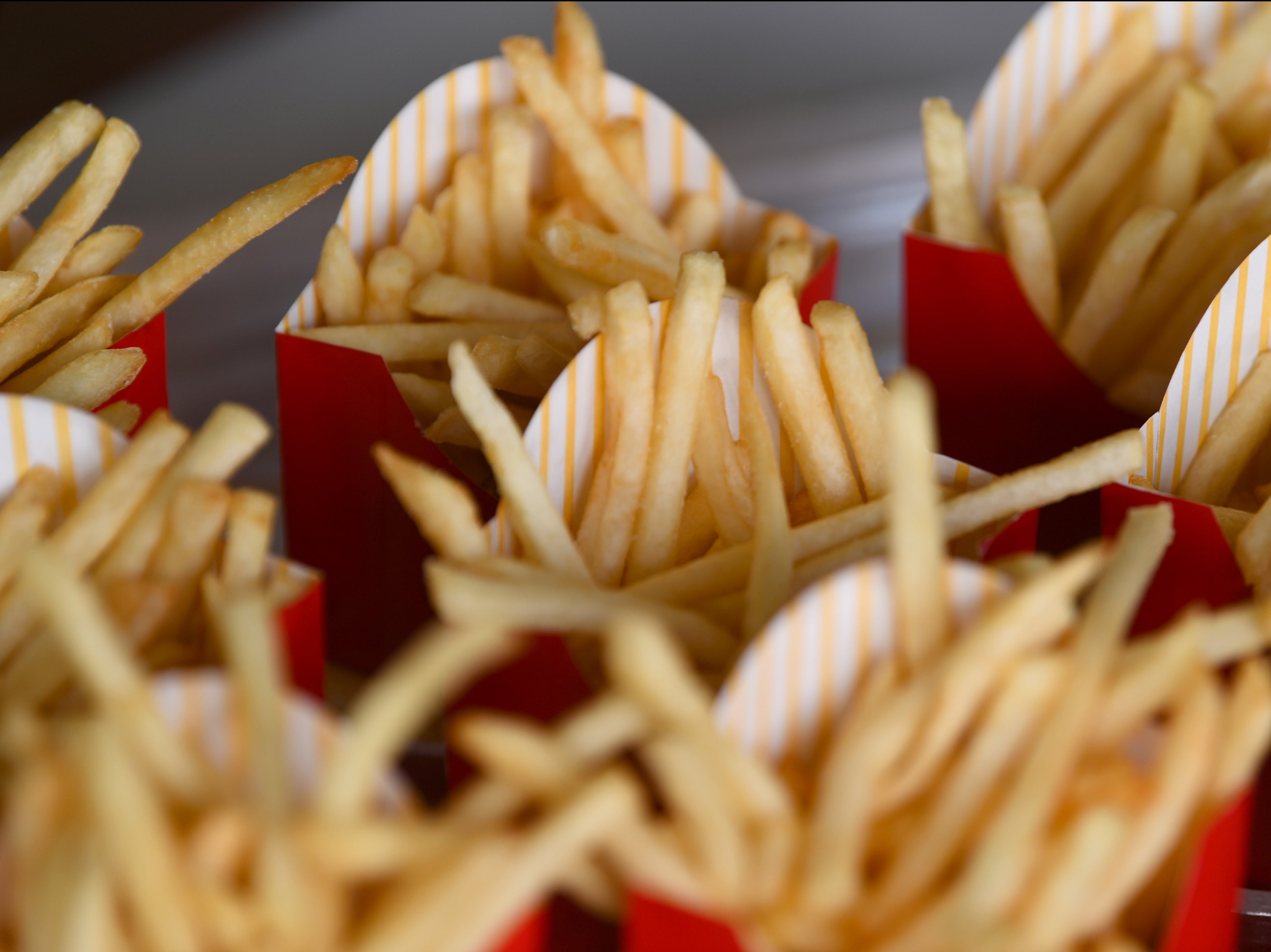ARTICLE AD BOX
Whether it’s one or two coffees to get us going in the morning or a bar of chocolate after a stressful day, many of us self-medicate when we’re tired, stressed or sad. But when we have a headache, most of us head straight for the painkillers.
Lately, though, a viral hack has been making the rounds: that a large Coca-Cola and fries can stop a migraine in its tracks.
And oddly enough, it’s not total nonsense.
The caffeine in Coca-Cola acts as a vasoconstrictor, meaning it narrows blood vessels. This helps counteract the dilation of blood vessels that occurs during a migraine – a key trigger for pain.
When vessels widen, they can press on and activate nearby pain-sensitive nerves, especially those of the trigeminal system, which carries sensory information about touch, pain and temperature from the head and face to the brain, leading to that familiar throbbing headache. That’s why caffeine is often included in over-the-counter headache medications.
Meanwhile, the sugar and salt in Coke and fries may help restore balance to blood sugar and electrolytes, both of which can be disrupted during a migraine attack.
But to really understand why this combo might work, we need to unpack what’s actually happening during a migraine.

The four stages of migraine
Migraines can be sparked by a wide range of factors: hormonal shifts, stress, skipped meals, certain foods, even changes in the weather or visual overstimulation. But, once one begins, it follows a specific pathway that makes it distinct from other types of headaches.
A migraine is no ordinary headache. It’s a full-body experience with four distinct stages – two of which occur before the pain even hits. That means there’s a window in which to stop the episode in its tracks, and many migraineurs (people who suffer from migraines) already self-medicate by doing just that.
Prodrome
Prodrome is the first stage, which can begin hours or even days before the headache. You might feel tired, irritable, or unusually low in mood. Most people who get migraines are surprisingly bad at spotting this phase, even though it’s the best time to intervene.
During prodrome, people often crave certain things. Many migraineurs report yawning more, which helps regulate dopamine, or seeking out hugs and affection, which boost serotonin. Others might drink ice water to calm their autonomic nervous system. Others still might reach for the large Coke and fries.
These responses aren’t random. All of these are unconscious attempts to rebalance the neurological systems that go haywire during a migraine. Irregular serotonin, dopamine and nervous system function are all known contributors to migraines.
And that brings us to arguably the ultimate migraine hack: chocolate. While it’s sometimes blamed as a trigger, chocolate is rich in compounds that help raise serotonin levels.
Because low serotonin is a known factor in migraine onset, a craving for chocolate might be your brain’s way of correcting a chemical imbalance. For some people, a bit of chocolate in the early stages may help ward off an attack.

Aura
Aura comes after the prodrome phase, and it’s when some people experience visual disturbances like flashing lights, or odd sensations like pins and needles. About 80% of migraine sufferers don’t experience the aura phase, but the same wave-like changes happen inside their brains.
These symptoms come from a burst of electrical activity in the brain that is subsequently suppressed, which alters blood flow and causes the constriction of blood vessels. Whether a person notices these effects depends on the structure and sensitivity of their cerebral cortex.
The brain relies on a stable supply of blood for nutrients and oxygen — but direct contact with blood is toxic to brain tissue. That’s why we have the blood-brain barrier, a filter that protects brain cells.
Pain
The pain comes next. The body takes vascular changes in the brain seriously and headache pain is one way it warns us that something could be wrong. Any disruption to blood flow – too little or too much – is potentially dangerous. A blocked vessel can lead to ischemic stroke, while a ruptured vessel causes hemorrhagic stroke.
The pain phase begins when earlier blood vessel constriction gives way to a rebound dilation. This sudden widening of vessels activates pain receptors — and voilà: the familiar, throbbing pain of migraine – and it can be debilitating.
For many people who suffer from migraines, once the pain hits, food is the last thing on their mind. That’s why many turn to triptan medications instead of fast food, which rebalance serotonin and histamine (another regulator of blood flow) once the migraine is underway.
Postdrome
Postdrome kicks in after the worst of the head pain subsides. This migraine hangover is more than just feeling worn out, though – it’s a distinct phase of a migraine attack. Known medically as the postdrome phase, it follows up to 80 per cent of migraine attacks and can bring symptoms strikingly similar to a traditional hangover: nausea, fatigue, dehydration, body aches and mental fog.
For many people, this lingering phase can be just as disruptive as the migraine itself, making recovery a drawn-out and exhausting process. It can take days or even weeks to transition through all four phases of a migraine.

Knowledge is prevention
Still, prevention is better than cure and recognising the early signs of a migraine, then responding in ways that support the brain’s neurobiology, can make a huge difference.
Migraines are complex, personal and frustratingly unpredictable. But knowledge is power. And while no single solution works for everyone, recognising the prodrome phase and supporting your nervous system before pain sets in may be your best shot at heading off an attack.
Whether it’s recognising the craving for chocolate as a biological warning sign, sipping iced water, getting a hug, or yes – even reaching for a Coke and fries – these small interventions have roots in brain science. They reflect our body’s efforts to protect itself. Developing your personal treatments based on how your brain responds can help you stay one step ahead of the pain.
Amanda Ellison is a Professor of Neuroscience at Durham University
This article was originally published by The Conversation and is republished under a Creative Commons licence. Read the original article



.png?trim=0,0,0,0&width=1200&height=800&crop=1200:800)





 English (US) ·
English (US) ·